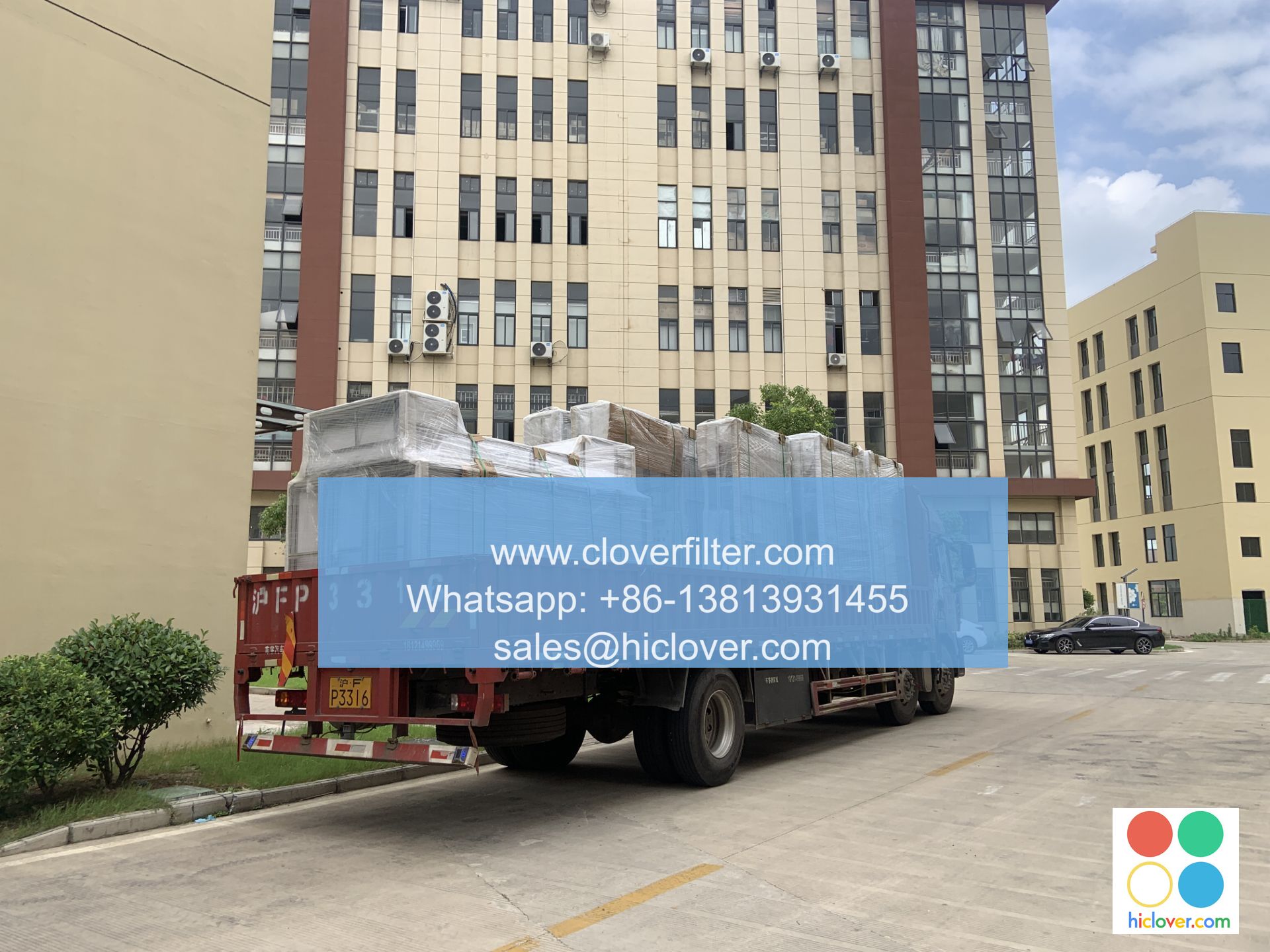The Effects of Poor Air Filter Distribution on Residential Buildings

Poor air filter distribution can have a significant impact on the indoor air quality (IAQ) and overall comfort of residential buildings. In this article, we will discuss the effects of poor air filter distribution and highlight various application areas where high-efficiency air filters and advanced ventilation systems can be used to improve IAQ and reduce the risk of indoor air pollution.
Introduction to Air Filter Distribution
Air filter distribution refers to the way in which air is filtered and circulated throughout a building. A well-designed air filter distribution system ensures that clean air is delivered to all areas of the building, while a poorly designed system can lead to hot spots and dead zones where pollutants and particulate matter can accumulate. In residential buildings, poor air filter distribution can be caused by a variety of factors, including slow air flow rates, insufficient filter maintenance, and inadequate ductwork design.
Effects of Poor Air Filter Distribution
Poor air filter distribution can have a range of negative effects on residential buildings, including:
* Reduced indoor air quality: When air filters are not distributed properly, pollutants and particulate matter can build up in the air, leading to reduced IAQ and a range of health problems, including respiratory issues and allergies.
* Increased energy consumption: Poor air filter distribution can also lead to increased energy consumption, as heating, ventilation, and air conditioning (HVAC) systems work harder to heat and cool the air.
* Comfort and productivity issues: When air filters are not distributed properly, temperature and humidity levels can become uncomfortable, leading to reduced productivity and comfort for building occupants.
Application Areas for High-Efficiency Air Filters
There are several application areas where high-efficiency air filters can be used to improve IAQ and reduce the risk of indoor air pollution, including:
* Residential HVAC systems: High-efficiency air filters can be installed in residential HVAC systems to improve IAQ and reduce energy consumption.
* Commercial buildings: High-efficiency air filters can also be used in commercial buildings, such as office buildings and retail stores, to improve IAQ and reduce the risk of indoor air pollution.
* Healthcare facilities: In healthcare facilities, such as
Advanced Ventilation Systems
Advanced ventilation systems, such as heat recovery ventilation (HRV) systems and energy recovery ventilation (ERV) systems, can also be used to improve IAQ and reduce the risk of indoor air pollution. These systems use heat exchangers and energy recovery wheels to recover heat and moisture from exhaust air and transfer it to incoming fresh air, reducing the need for heating and cooling and improving IAQ.
Conclusion
In conclusion, poor air filter distribution can have a significant impact on the indoor air quality and comfort of residential buildings. By using high-efficiency air filters and advanced ventilation systems, building owners and managers can improve IAQ, reduce energy consumption, and create a healthier and more comfortable indoor environment for building occupants. Whether you are a homeowner, building manager, or facilities manager, it is essential to understand the importance of proper air filter distribution and take steps to ensure that your building has a well-designed and well-maintained air filter distribution system. It seems like you’re ready to start a conversation or ask a question, but you haven’t specified what’s on your mind yet. Could you please provide more details or clarify your prompt? I’m here to help with any questions or topics you’d like to discuss!

